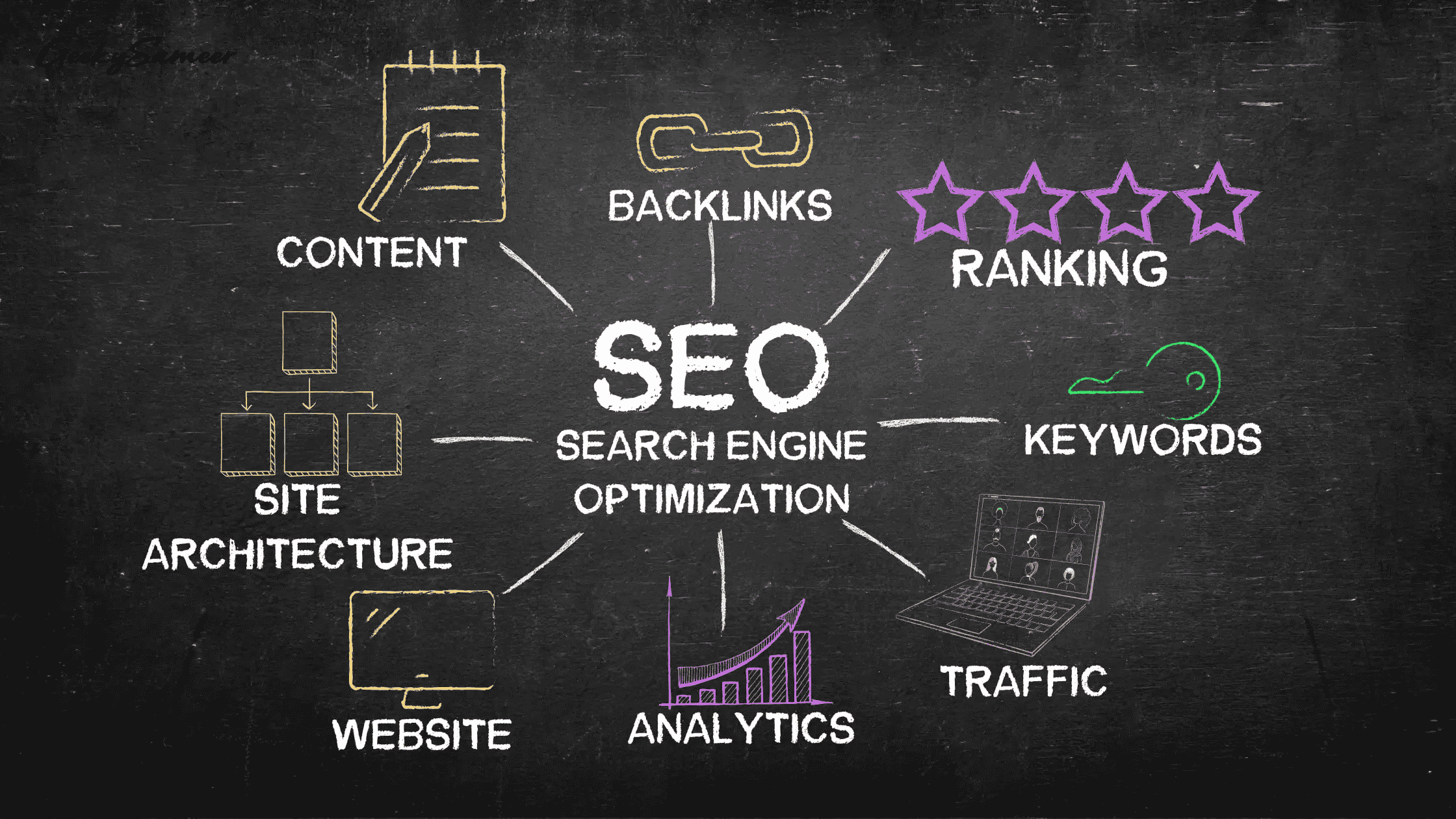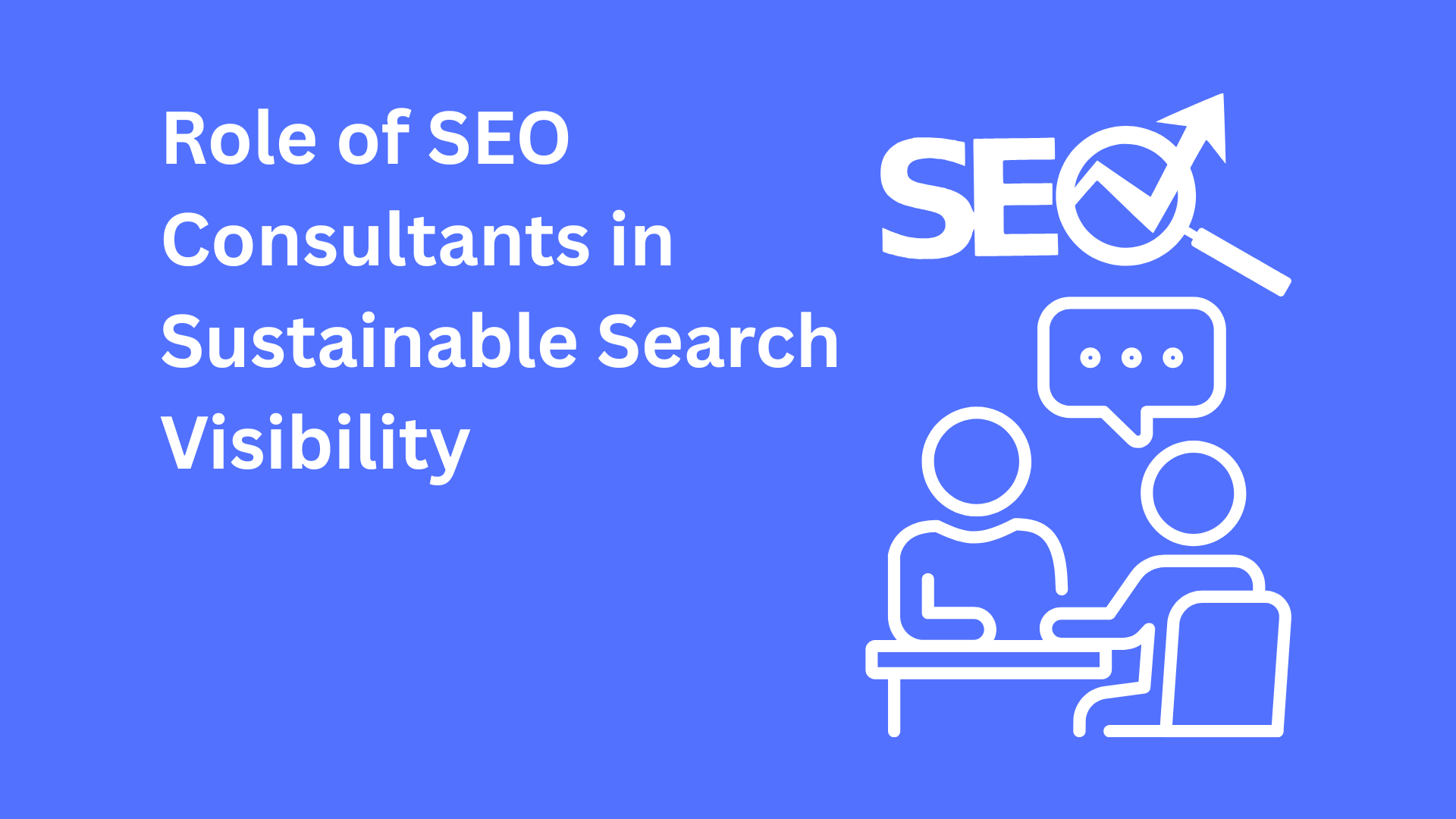Fixing the Hidden Gaps in B2B Funnels
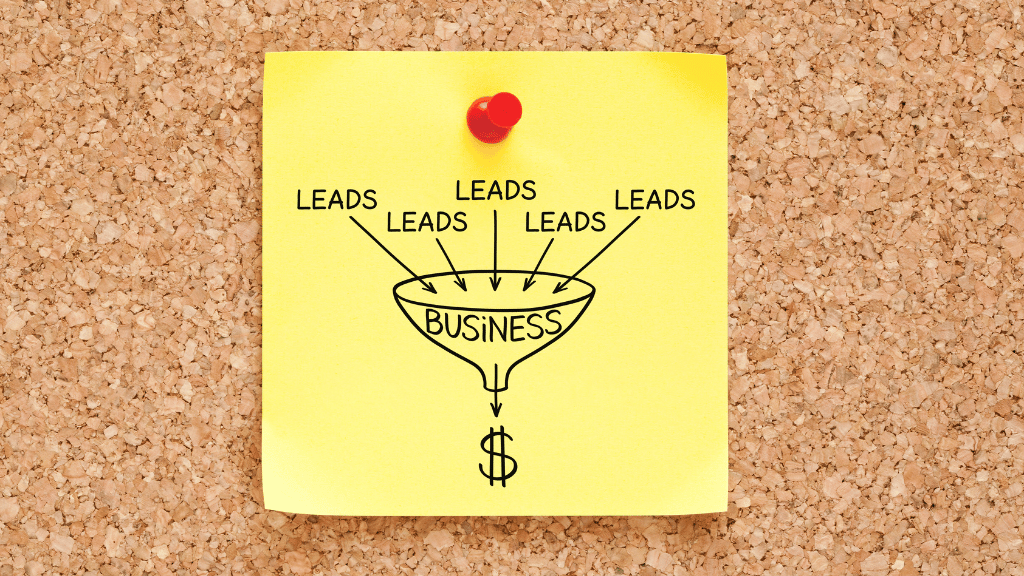
You’ve seen this story before.
The website traffic chart is what every marketer wants to show in a meeting; it goes up and to the right. Progress until you check the pipeline. Leads aren’t keeping up, and the sales teams complain that they’re chasing the wrong people and wasting everybody’s time. And deals? What deals? They don’t even get going.
That traffic doesn’t sound so impressive anymore, right?
B2B websites have an avg. conversion rate of 2.23% with the top 10% achieving up to 11.7%. – Trueleads / Uplead
This is where most B2B funnels fall apart. They’re meant to collect visitors, not create actual opportunities, so you end up with numbers that look great on the surface, but if you scratch it, you find a leaky funnel. There’s traffic, but no revenue.
If this sounds familiar, you’ll want to stick around and read the article.
Why Funnels Break Down
The reasons are usually not complicated.
The problem isn’t with the traffic itself but with what happens when visitors arrive. A lot of companies assume that the hardest part is having users click on your site, but actually, that’s only the beginning.
Here’s what’s stopping funnels from turning clicks into customers.
Targeting the Wrong Visitors

A funnel is only as strong as the audience it attracts, which means you shouldn’t be chasing big numbers. Your focus should be on the right numbers; otherwise, you have impressive-looking traffic that doesn’t really do anything but look good on paper.
B2B SaaS Funnel Conversion Benchmarks show the following numbers: visitor-to-lead 1.4% on avg; lead-to-MQL 41% on avg.; SQL-to-opportunity 42% on average. This means that of 10,000 visitors a B2B SaaS Funnel will produce only 30 realistic sales opportunities on average, which will further lead to 6 converted customers. – Powered by Search
Let’s say you own a cybersecurity company and you publish tips on how to stay safe online. That’ll bring in readers, sure, but they’ll be consumers, not IT directors who are looking for enterprise solutions.
Weak Messaging
Even if you have the right audience, it still doesn’t mean that they’ll be interested in becoming customers.
In B2B, the avg. ‘lead-to-opportunity’ conversion is 12%. – DemandScience
This is especially the case with unclear or generic messaging. B2B buyers don’t care about catchy slogans; they want to know exactly how your product solves their problem and what kind of return they can expect.
Messaging should be strong and specific because that’s how you convince people to keep moving toward a real conversation.
Missing Content Pieces
Another reason why many funnels stall is that they are missing content at key stages.
Blogs and guides will get attention at the awareness level, but without pieces like case studies and webinars, prospects don’t know how to move forward. They want proof and context before they’re ready to talk sales, and without these key touchpoints, the funnel hits a dead end.
Poor Form Experience
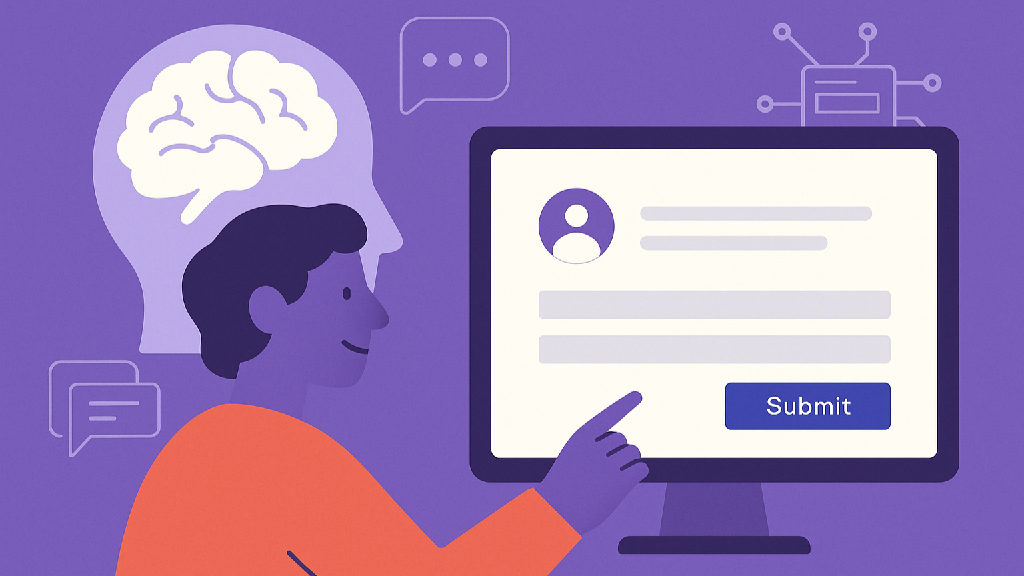
Do you know that B2B funnels have gatekeepers? Yup.
They’re forms and, too often, they’re designed in a way that drives people off. If you have forms that are too long and have way too many required fields, you’ll create friction, especially if the buyer is early in their buying journey.
In B2B, the avg. per-channel conversion rates are as follows: 2.6% for SEO, 2.4% for email, and 1.5% for PPC/SEM – First Page Sage
Simple forms with a few steps are a much better choice. They’re easier to complete, and they let you gradually gather information. Nobody will bother with clunky forms, not even those who were really interested in working with you.
Sales and Marketing Misalignment
One of the biggest issues is when sales and marketing aren’t on the same page.
Marketing teams could be focused on bringing leads that work on paper, and, at the same time, sales are frustrated with prospects that don’t fit.
The communication between the two departments has to be clear, or the messages become inconsistent and leads slip through the cracks.
A funnel can’t work if both sides aren’t aligned. They need to know who the ideal customer is and how to guide them forward, which only happens in effective collaboration.
How to Fix and Realign Funnels
Broken funnels can be fixed, but first you need to shift your attention from chasing traffic to building a path that turns the right visitors into actual opportunities.
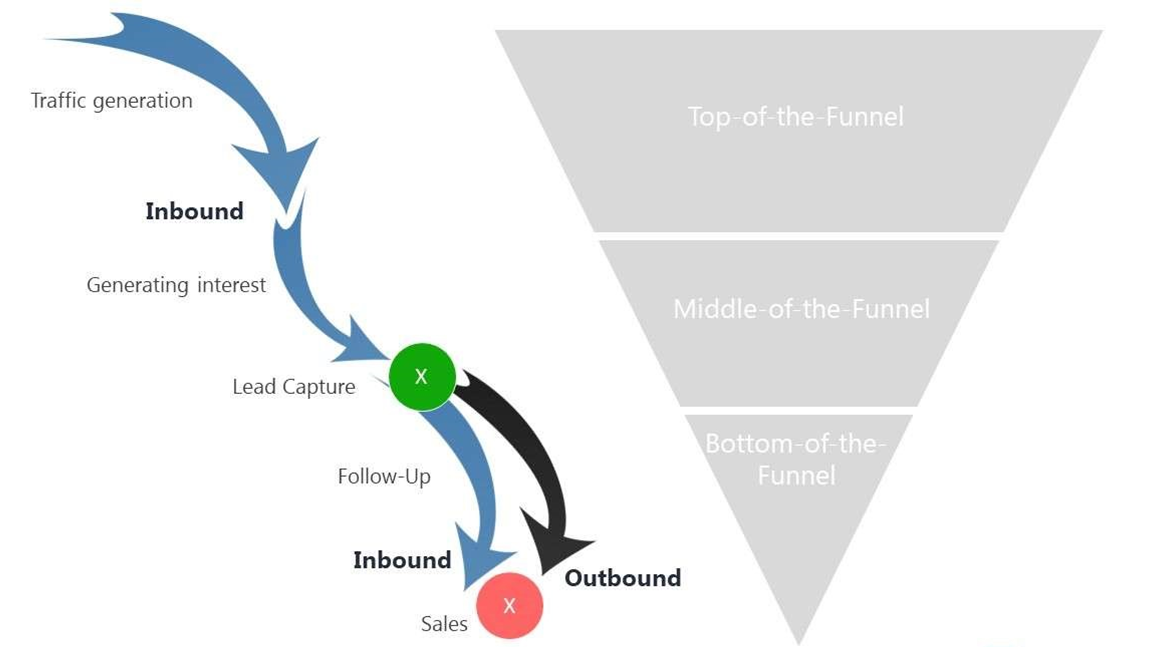
The first step? Match the content to buyer intent at every stage of the journey.
That means that you need to know exactly what people are searching for and why, and then make sure that your message speaks to those needs. Unless you’re an expert, this can be tricky, so you might want to do a bit or research first, with googling the term ‘what is SEO copywriting’. This will clear things up on why it’s best to leave this to the professionals; especially so if the revenue you get from your website is a significant portion of your business. It’s best to hire a professional agency so they can correctly connect search intent with clear and persuasive content.
Another thing that will help is knowing your audience in detail so you’re not wasting time and effort on the wrong crowd. You also need content that builds trust when people are deciding whether to reach out to you or click out. Case studies and demos are excellent ways to show real value.
Remember that real progress shows up in metrics like sales-qualified leads and how fast deals move. Traffic reports look good, that’s true, but that’s about all they do.
Conclusion
The very word ‘funnel’ makes you think this is something where you pour traffic in one end and watch customers pop out the other. Sadly, that’s not the case. They’re actually more like gardens, but ones you need to plant carefully and water. A funnel only works if it’s designed well. If not, high traffic is the best you’ll get.
And while high traffic is exciting, it makes no impact on your bank account if you can’t turn visitors into paying customers.



